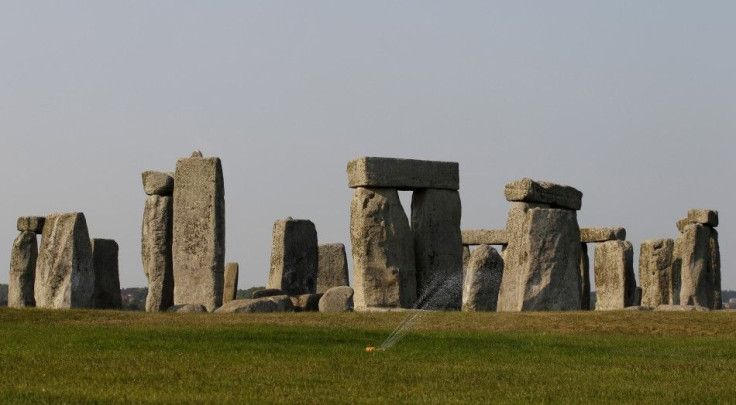Stonehenge Originated As Cemetery For Stone Age Elite, Researchers Think

New forensic evidence recovered from Stonehenge has British archaeologists suggesting a new theory about the mysterious prehistoric monument in the English countryside. Researchers now think the circle of standing rocks was a cemetery for elite Stone Age families beginning around 3000 B.C. - roughly 500 years before scientists previously thought it was built.
According to The Guardian, historians examined more than 50,000 cremated bone fragments from dozens of individuals buried there. It was the most extensive analysis ever completed of human remains from Stonehenge and supports the theory that wealthy families, including newborn children, were interred at the site.
“These were men, women, children, so presumably family groups,” professor and leader researcher Mike Parker Pearson told the Associated Press. “We’d thought that maybe it was a place where a dynasty of kings was buried, but this seemed to be much more of a community, a different kind of power structure.”
He also suggested that Stonehenge was built as a kind of unity project for Neolithic people across Europe, a new theory that has come after centuries of speculation that the monument was built as a place of healing or even by extraterrestrials.
Parker Pearson said his team was able to determine thousands of people from as far away as Scotland would congregate there, bringing their families and livestock. Feasts would be held every year around the winter and summer solstices. Archaeologists found evidence of a “builders camp” and remains from slaughtered pigs.
“At the moment the answer is no to extracting DNA, which might tell us more about these individuals and what the relationship was between them -- but who knows in the future? Clearly these were special people in some way,” Parker Pearson said.
Historians hope this new evidence will spark a new series of excavations across Britain.
“I have now come to believe that there are hundreds, maybe many times that, of burials at Stonehenge, and that some predate the earliest phase of the monument,” said Mike Pitts, editor of the British Archaeology journal. “The whole history of the monument is inseparably linked to death and burial - but I believe that there are hundreds more burials to be found across the site, which will tell us more of the story.”
© Copyright IBTimes 2024. All rights reserved.











